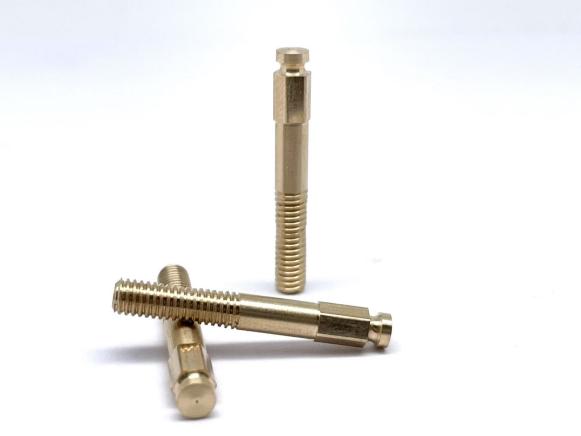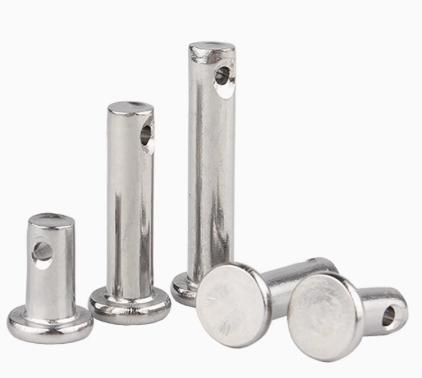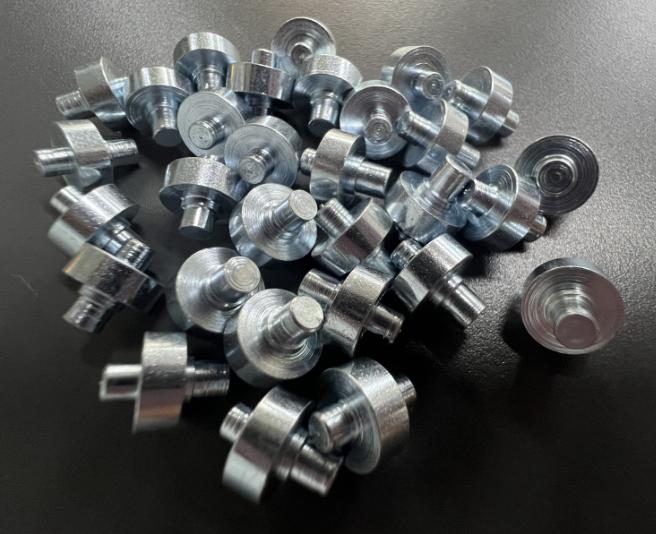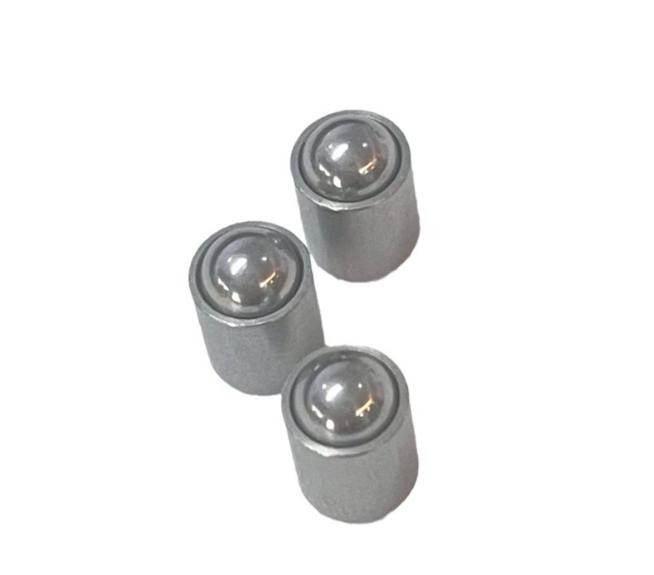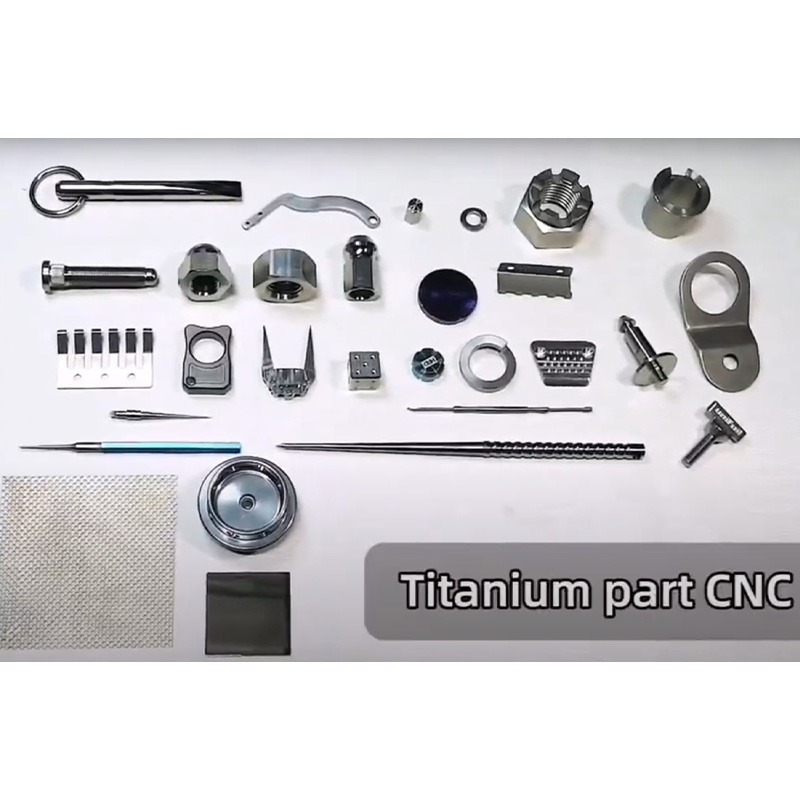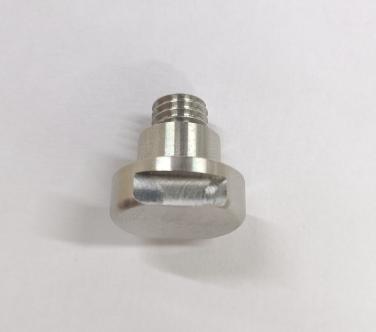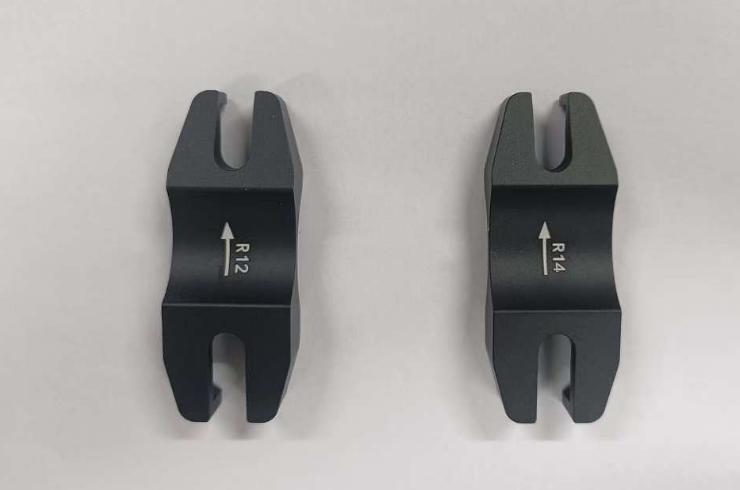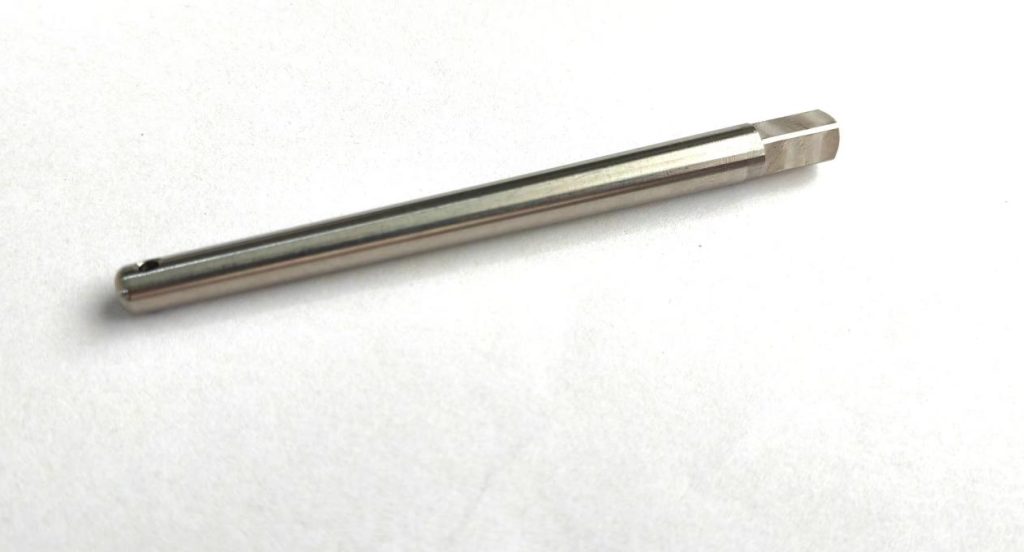How to Select the Right Material for CNC Lathe Parts?
CNC (Computer Numerical Control) lathe machining is a precise and versatile method for producing a wide range of parts and components. Whether for aerospace, automotive, medical, or any other industry, choosing the right material for CNC lathe parts is critical. The material used has an effect not only on the performance and durability of the parts but also on the efficiency of the machining process. In this article, we will explore the most common types of materials for CNC lathe parts as well as the key factors to consider when choosing the right materials for CNC lathe parts.
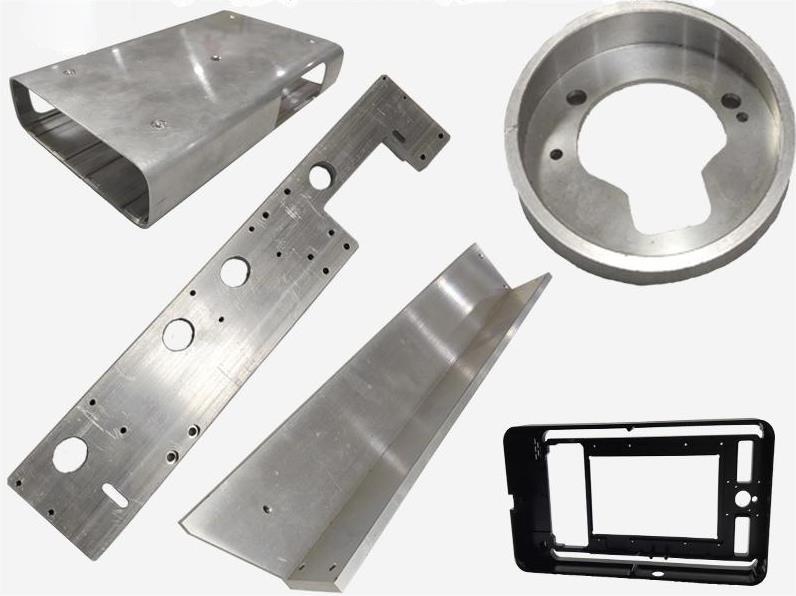
Common Types of Materials for CNC Lathe Parts
Stainless Steel
Because of its excellent corrosion resistance, strength, and machinability, stainless steel is a popular choice. It is used in a wide range of applications, including aerospace, medical, and automotive parts.
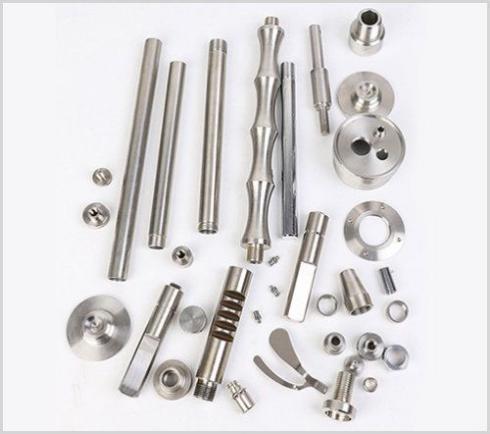
Aluminum
Aluminum is well-known for its lightweight properties and ease of machining. It is widely used for CNC lathe parts in the aerospace and automotive industries.
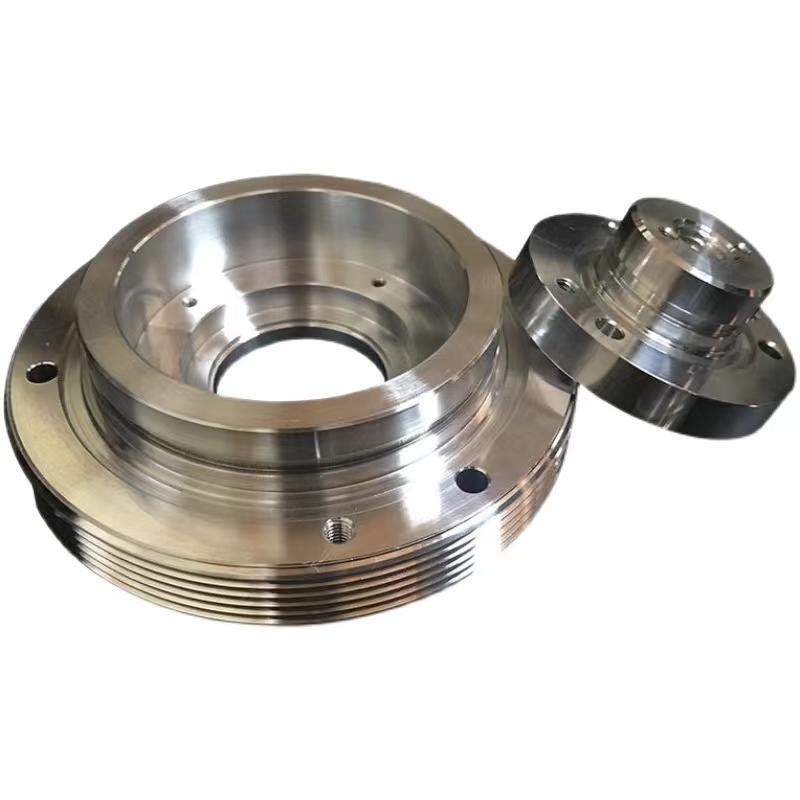
Brass
Brass is prized for its corrosion resistance and machinability. It is frequently used for parts with precise and intricate details, such as connectors and musical instruments.
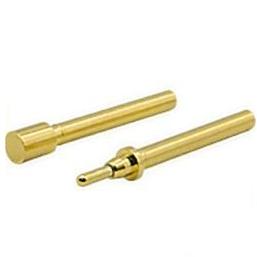
Steel Alloys
Steel alloys such as carbon steel and tool steel are used because of their strength and durability. They are widely used in industrial and mechanical settings.
Titanium
Titanium is a lightweight material with exceptional strength and corrosion resistance. It is a preferred choice for aerospace, medical, and military components.
Plastics
Plastics such as nylon, PEEK, and Delrin are chosen for their lightweight, non-corrosive, and self-lubricating properties. They are used in various CNC lathe parts, including bushings and gears.
Key Factors in Material Selection for CNC Lathe Parts
1. Mechanical Properties
Tensile strength, hardness, ductility, and toughness are all important factors to consider. These characteristics determine how well a material can withstand loads, impact, and wear and tear in the intended application.
Components subjected to heavy loads may require materials with high tensile strength, while CNC machining parts requiring flexibility may benefit from materials with appropriate levels of ductility.
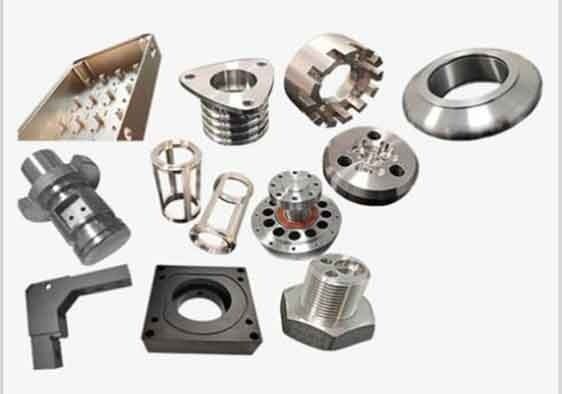
2. Thermal Stability
The operating environment and temperature to which CNC lathe parts will be subjected must be taken into account. Thermal stability of materials is required to maintain structural integrity and dimensions under the anticipated temperature conditions.
High-temperature applications necessitate materials with exceptional heat and thermal expansion resistance, such as nickel-based superalloys for aerospace components.
3. Machinability
The ease with which a material can be machined is a significant factor in CNC lathe part production. Different materials exhibit varying levels of machinability, affecting the efficiency of the machining process.
Materials that are readily machinable, such as aluminum and brass, are often chosen for parts that require intricate or fine details. Harder materials may require advanced tooling and longer machining times.
4. Corrosion Resistance
CNC lathe parts exposed to corrosive environments, such as marine or chemical applications, should be made of corrosion-resistant materials.
Because stainless steel and certain plastics are corrosion resistant, they are ideal for components that will be exposed to harsh conditions.
5. Cost and Availability
Cost considerations and material availability play a significant role in the selection process. More exotic or specialized materials can be expensive and may have limited availability, which can impact project budgets and timelines.
Manufacturers must strike a balance between the desired material properties and cost-effectiveness to ensure the feasibility of the project.
6. Industry-Specific Requirements
Certain industries have specific material requirements and standards that must be adhered to. For example, the aerospace sector often specifies materials with stringent quality and performance criteria to meet safety and regulatory standards.
7. Weight
Depending on the application, weight may be a critical factor. Materials like aluminum and titanium are favored for their lightweight properties and are commonly used in aerospace and automotive applications.
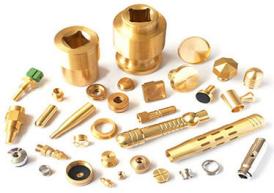
8. Electrical Conductivity
In electrical and electronic applications, the electrical conductivity of the material is crucial. Materials like copper and specific alloys are chosen for their excellent electrical conductivity.
9. Environmental Considerations
When selecting materials, environmental factors such as chemical exposure, UV radiation, and moisture should be considered. Some plastics, for example, have high chemical resistance.
10. Machinability and Tool Wear
Material selection can have a significant impact on tool life and wear and tear on machining tools. Abrasive materials or materials with a high tool wear rate may necessitate special tooling considerations.
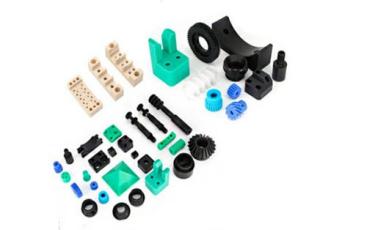
Conclusion
The material selection for CNC lathe parts is an important decision that affects the functionality, longevity, and performance of the final components. Manufacturers must carefully consider the application’s specific requirements, including mechanical properties, thermal stability, machinability, and corrosion resistance. CNC lathe part manufacturers can ensure precision machining and deliver high-quality components that meet the demands of their respective industries by making informed material choices.

